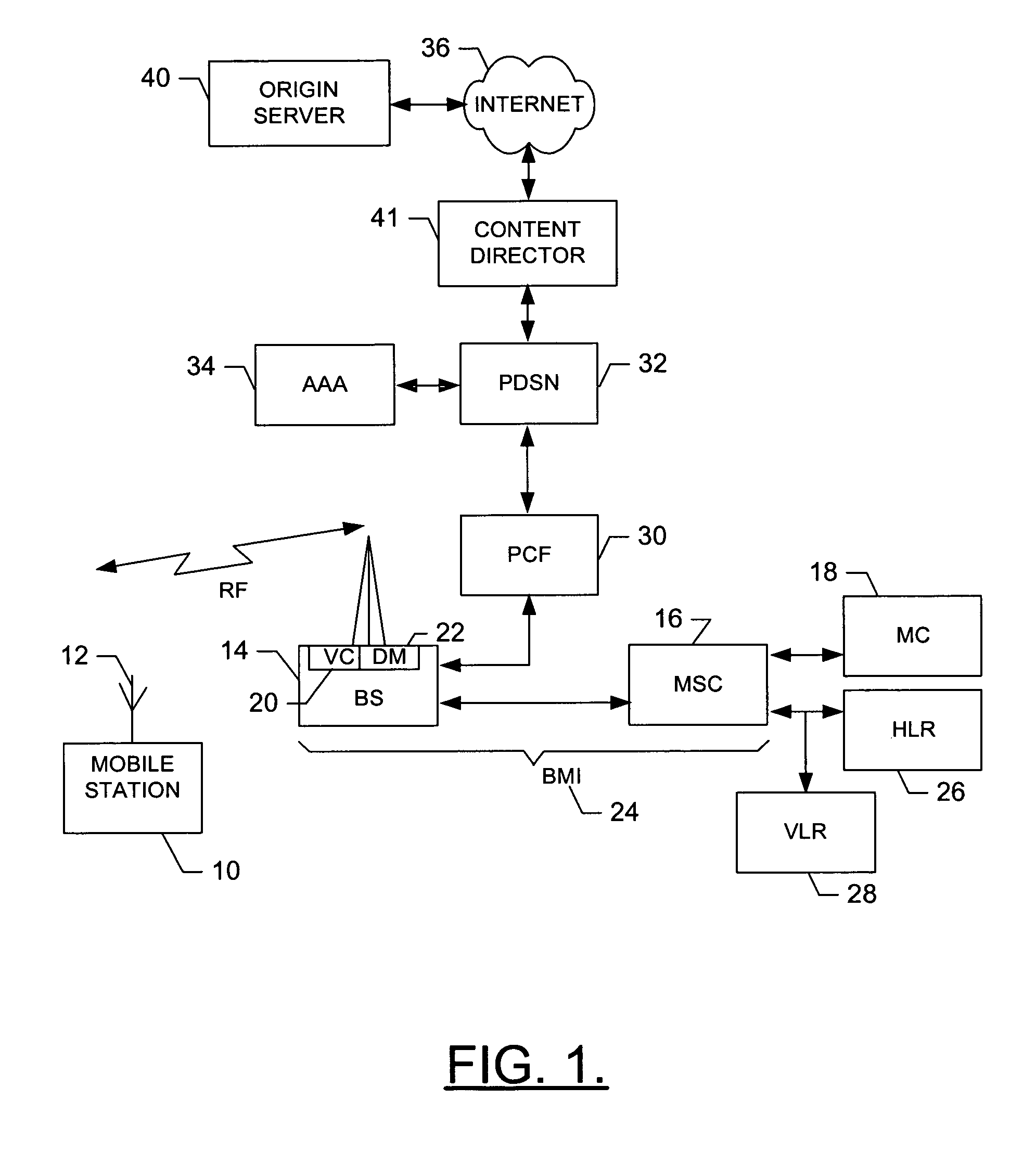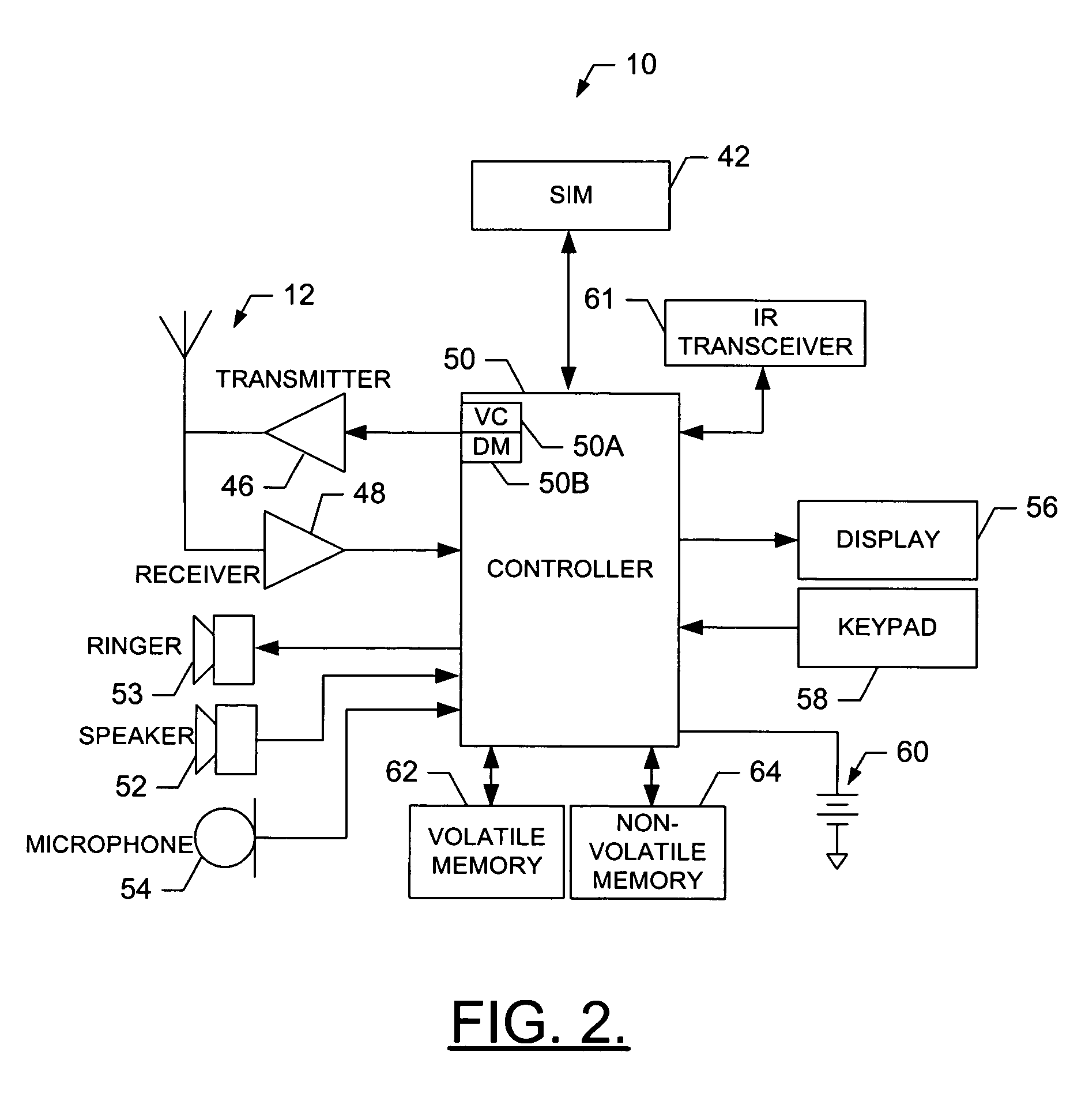Content delivery architecture for mobile access networks
a content delivery and mobile access technology, applied in the field of mobile access networks, can solve the problems of high packet corruption rate, long and unpredictable latency, and achieve the goal of achieving the goal, which is unique in its challenges, and achieves the effect of reducing user perception of latency, reducing downlink traffic, and reducing radio resource usage and interferen
- Summary
- Abstract
- Description
- Claims
- Application Information
AI Technical Summary
Benefits of technology
Problems solved by technology
Method used
Image
Examples
Embodiment Construction
[0021]The present invention now will be described more fully hereinafter with reference to the accompanying drawings, in which preferred embodiments of the invention are shown. This invention may, however, be embodied in many different forms and should not be construed as limited to the embodiments set forth herein; rather, these embodiments are provided so that this disclosure will be thorough and complete, and will fully convey the scope of the invention to those skilled in the art. Like numbers refer to like elements throughout.
[0022]Referring to FIGS. 1 and 2, an illustration of one type of wireless communications network including a terminal, such as a mobile station, that would benefit from the present invention is provided. It should be understood, however, that the mobile telephone illustrated and hereinafter described is merely illustrative of one type of mobile station that would benefit from the present invention and, therefore, should not be taken to limit the scope of t...
PUM
 Login to View More
Login to View More Abstract
Description
Claims
Application Information
 Login to View More
Login to View More - R&D
- Intellectual Property
- Life Sciences
- Materials
- Tech Scout
- Unparalleled Data Quality
- Higher Quality Content
- 60% Fewer Hallucinations
Browse by: Latest US Patents, China's latest patents, Technical Efficacy Thesaurus, Application Domain, Technology Topic, Popular Technical Reports.
© 2025 PatSnap. All rights reserved.Legal|Privacy policy|Modern Slavery Act Transparency Statement|Sitemap|About US| Contact US: help@patsnap.com



